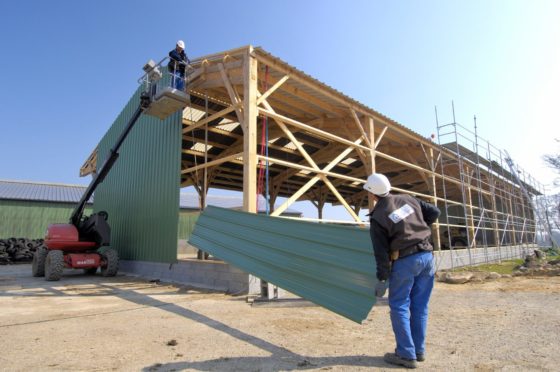Scottish farm leaders have welcomed upcoming changes to Permitted Development Rights (PDR).
The changes, which comes into force on April 1, include an increase in the size limit of agricultural sheds available under PDR from 465sqm to 1,000sqm, and a change in the definition of “significant extension/alteration” of a farm building to be 20% of the cubic content of a building.
PDR will also include the conversion of agricultural and forestry buildings, constructed prior to November 4, 2019, to residential and commercial use – up to five dwellings and 500sqm flexible commercial space respectively.
The changes will also mean peatland restoration projects will be permitted to proceed without applying for planning permission, and PDR will also be introduced for connectivity infrastructure.
NFU Scotland (NFUS) welcomed the changes, but reminded farmers and crofters that the requirement to apply for prior approval from the relevant local authority will still exist for any PDR projects.
“The increase in shed floor area under permitted development to 1,000sqm is a really big win for NFUS and will help farmers wishing to build farm infrastructure that is reflective of the needs of modern industry,” said NFUS head of policy Gemma Cooper.
“We also welcome the new PDR which offers the potential for conversion of some existing buildings to residential or commercial use as this may open up some diversification opportunities and help bring redundant buildings back into use.”
